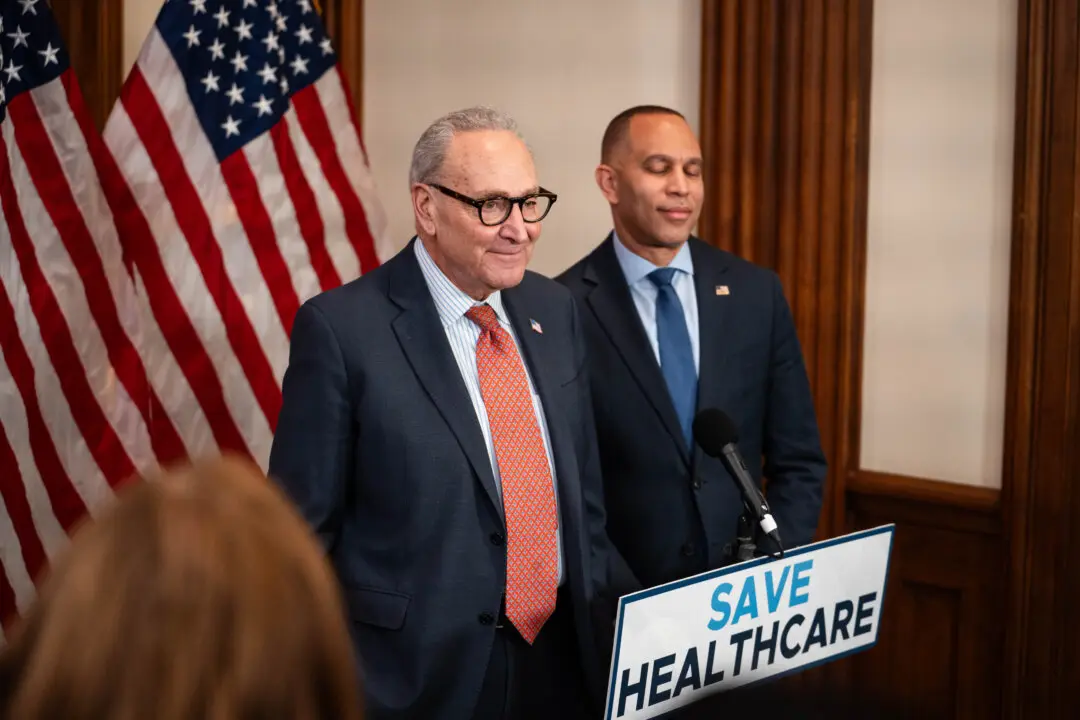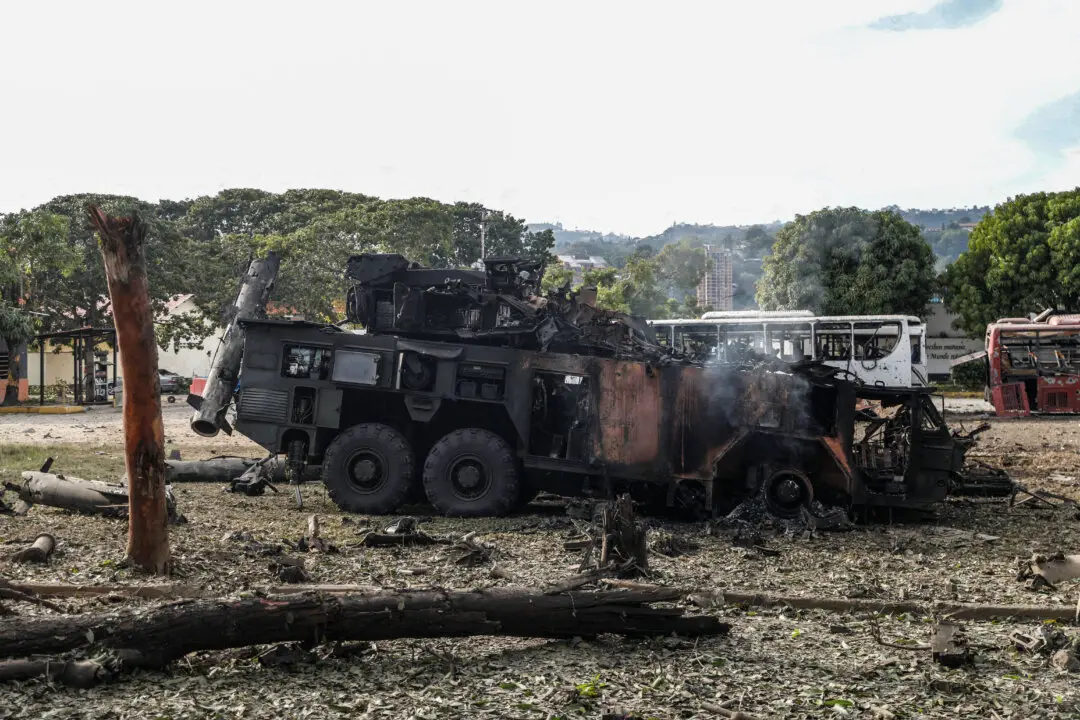President Joe Biden’s administration will release 10 million more barrels of oil from the U.S. Strategic Petroleum Reserve following an Oct. 5 OPEC+ announcement that the cartel will slash oil production.
That decision was announced hours after the Organization of the Petroleum Exporting Countries Plus (OPEC+) confirmed it would cut oil production by 2 million barrels per day. The cut marks a setback for Biden, who visited Saudi Arabia in July to push the kingdom into increasing production amid historically high U.S. gas prices.





